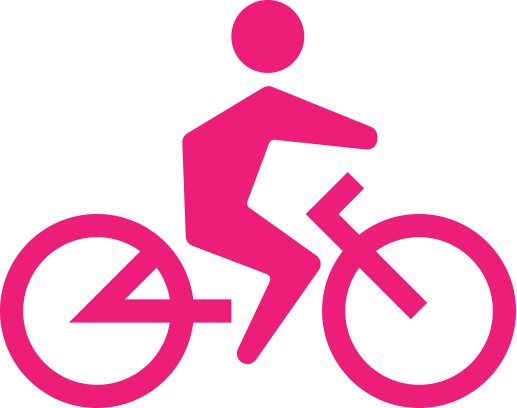Pedestrian and Bike Safety
A Human-Centered Design Project
Pedestrians and cyclists are represented in over 20% of Maryland’s fatal traffic accidents (Maryland Bicycle and Pedestrian Master Plan, 2019 Update).
Between August 31, 2018 and May 10, 2019, an interdisciplinary team of students at MICA’s Center for Social Design, at the behest of the MDOT’s Highway Safety Office, worked to address barriers for pedestrian and bike safety in Baltimore City.
Using a human-centered design approach, the team collaborated with pedestrians, bicyclists, and local organizations, to better understand the safety concerns of residents in and around the designated project area. After conducting primary and secondary research, the team worked with community members to iterate and develop a series of low-fidelity prototypes. The final design solutions were implemented, tested, and critiqued by project stakeholders, ultimately to create a safer Baltimore for pedestrians and bicyclists.
MICA Social Design Team
Vilde Ulset, Noni Devora, Kristi Liu, Quinton Batts, Levi Tran, Connie Zheng, Shuang Wu, Mason Cook, Becky Slogeris, Kate McGrain, Hannah Shaw
MDOT Highway Safety Office
Doug Mowbray, Traffic Records Program Manager
Jeff Dunckel, Pedestrian-Bicycle Safety Program Manager
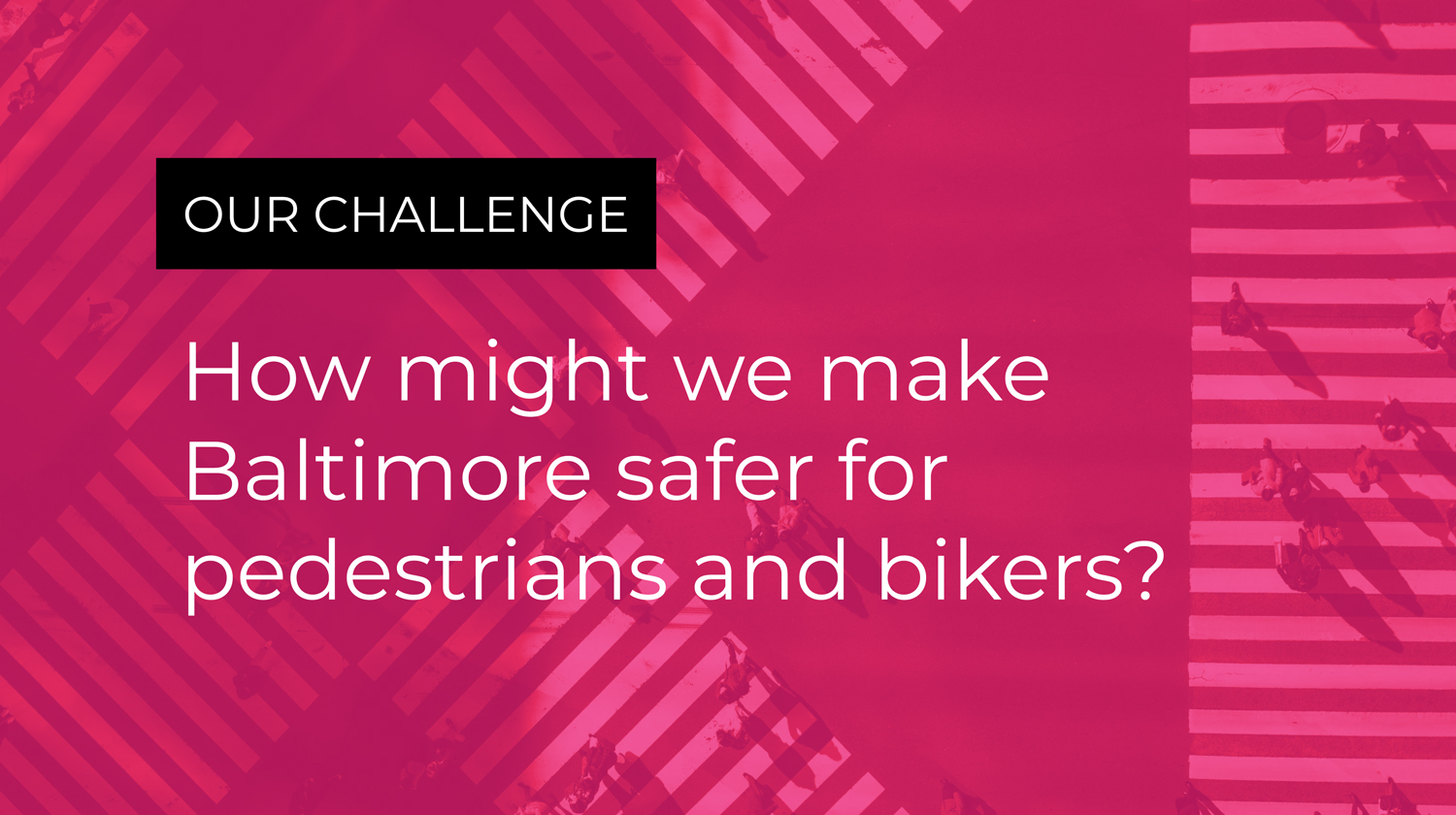
Our Process: Human-Centered Design
Human-centered design is a creative process dedicated to understanding people’s needs and designing interventions that better serve people’s needs. By working in close partnership with those most affected by an issue, practitioners seeks to identify opportunities, generate ideas, and make tools that support positive change. The goal is to shift relationships between people and people, and people and institutions.
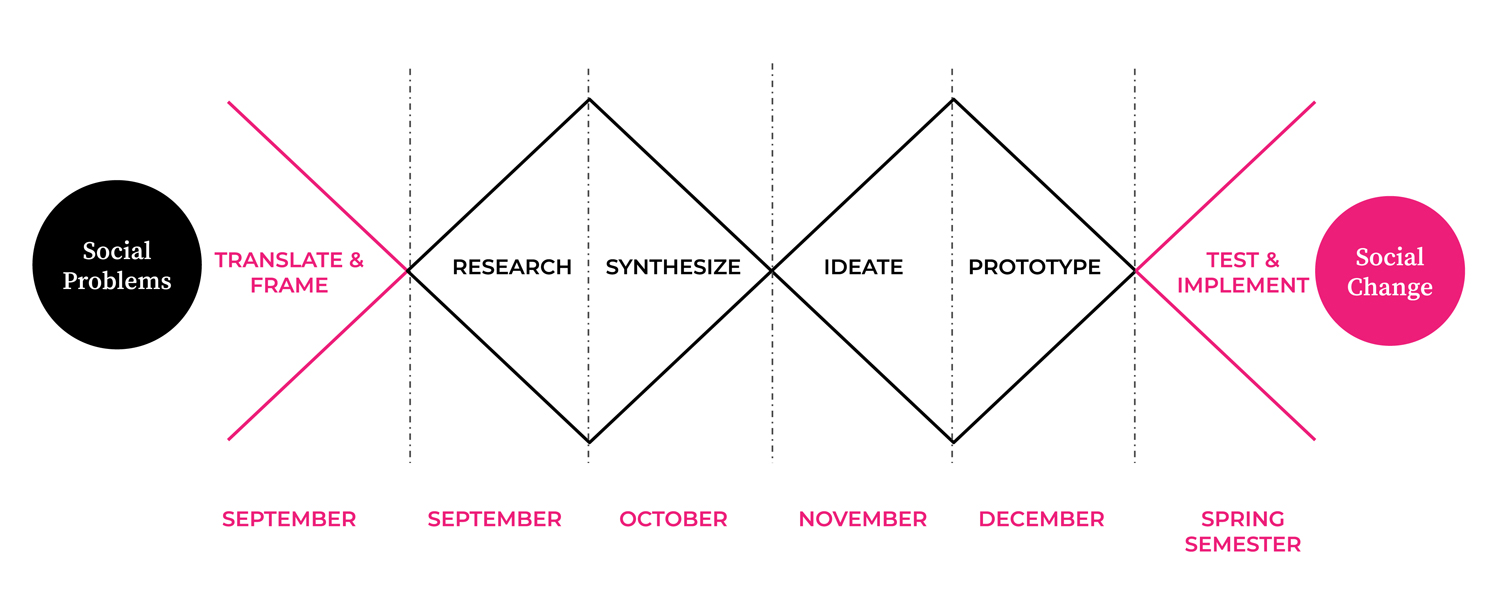
Phase 1: Research
A human-centered design process seeks to understand the culture and context of a problem by understanding the culture and context of the people involved. Practitioners talk to, observe, and learn from stakeholders, to locate needs and support existing assets.
The team's research included observing in high-risk roads, engaging students, attending community meetings, and interviewing key stakeholders. The team used a method called Persona-crafting to pinpoint specific target audiences the project caters to.
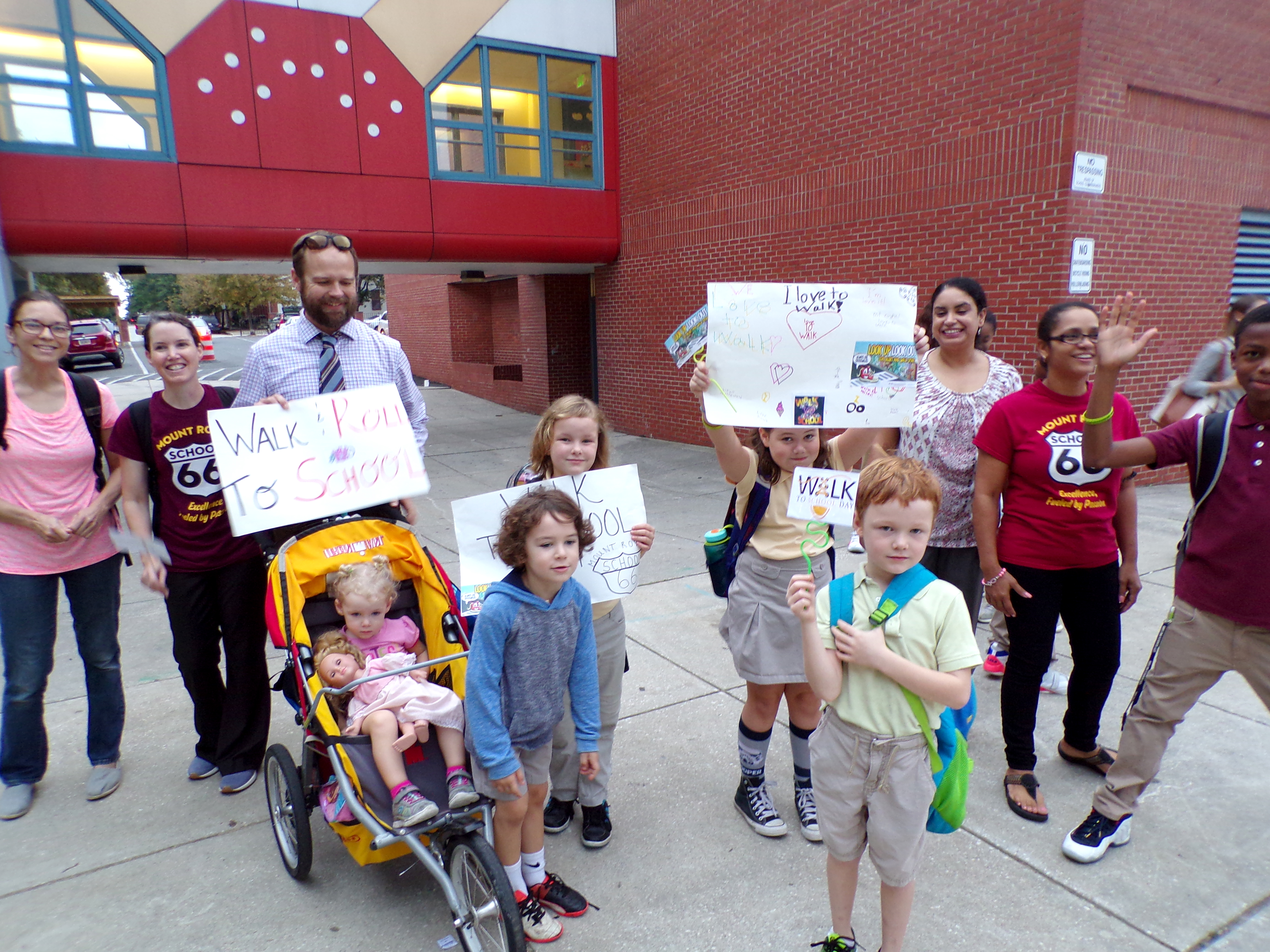
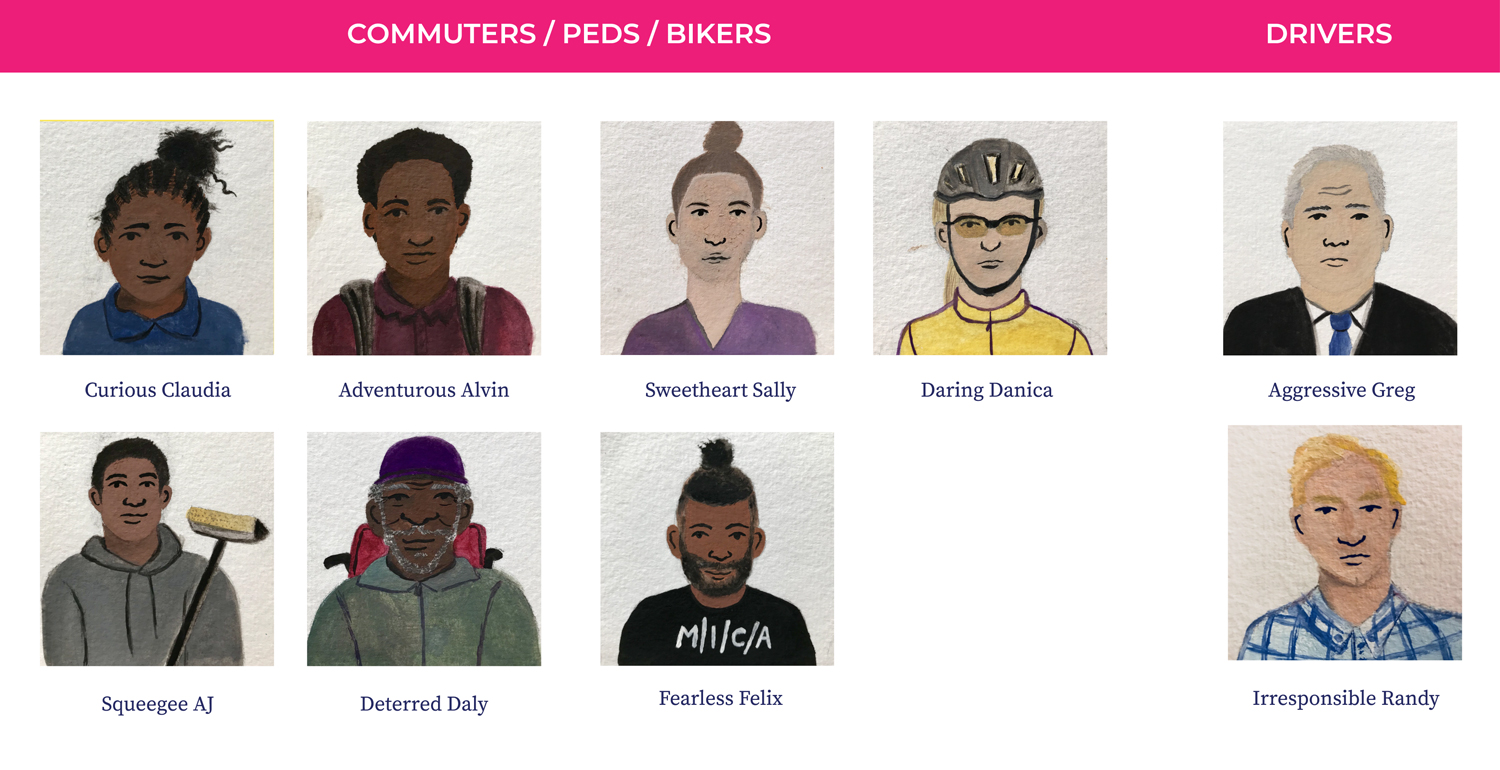
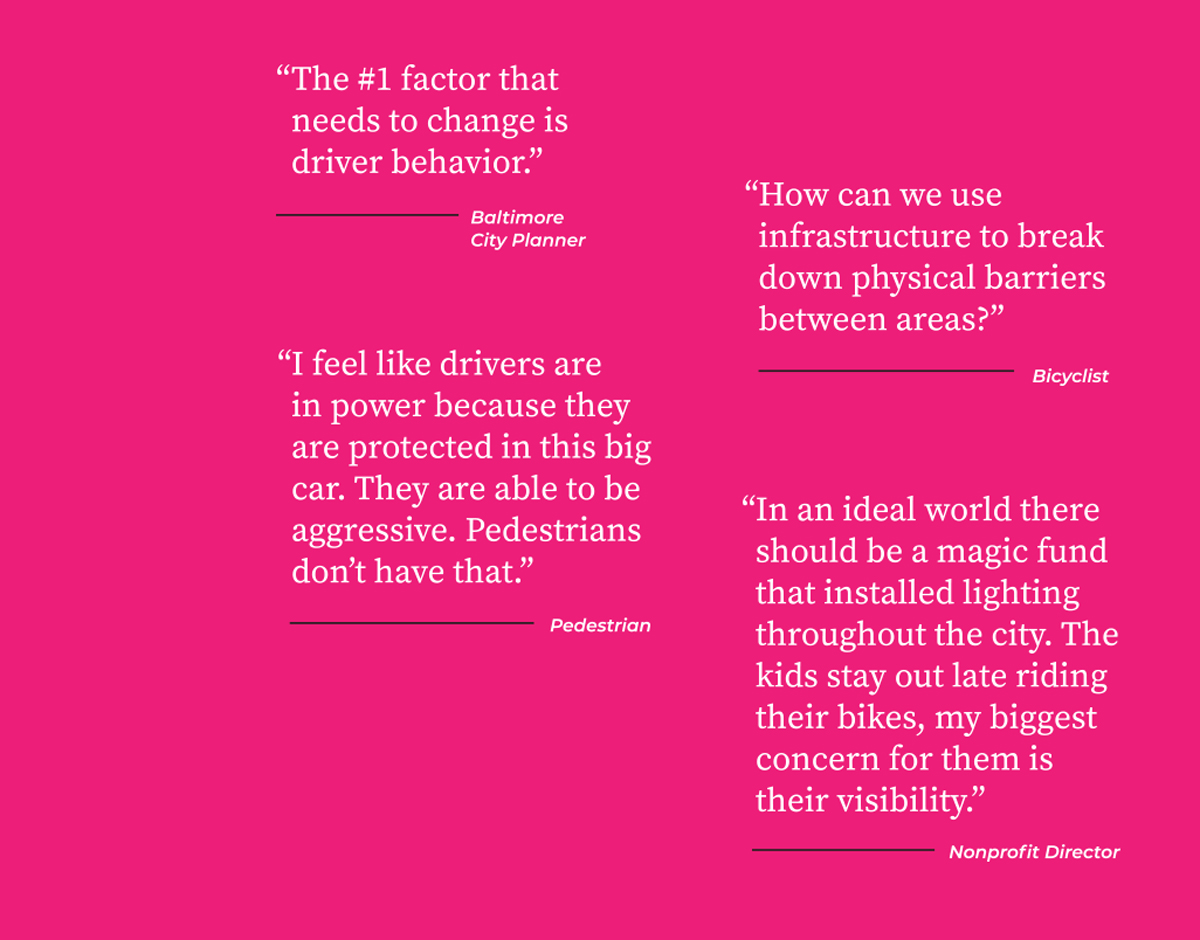
Phase 2: Synthesis
Over the course of a few weeks, the team summarized their findings by grouping all the data into several distinct categories. Together, the group worked to turn the patterns, key discoveries and surprising contradictions into opportunity statements. These would be shared with community stakeholders and used to highlight areas for possible growth and improvement, around the issue of pedestrian and bike safety. Working collaboratively, the team and community would be able to brainstorming solutions to address existing tensions and uplift existing assets.
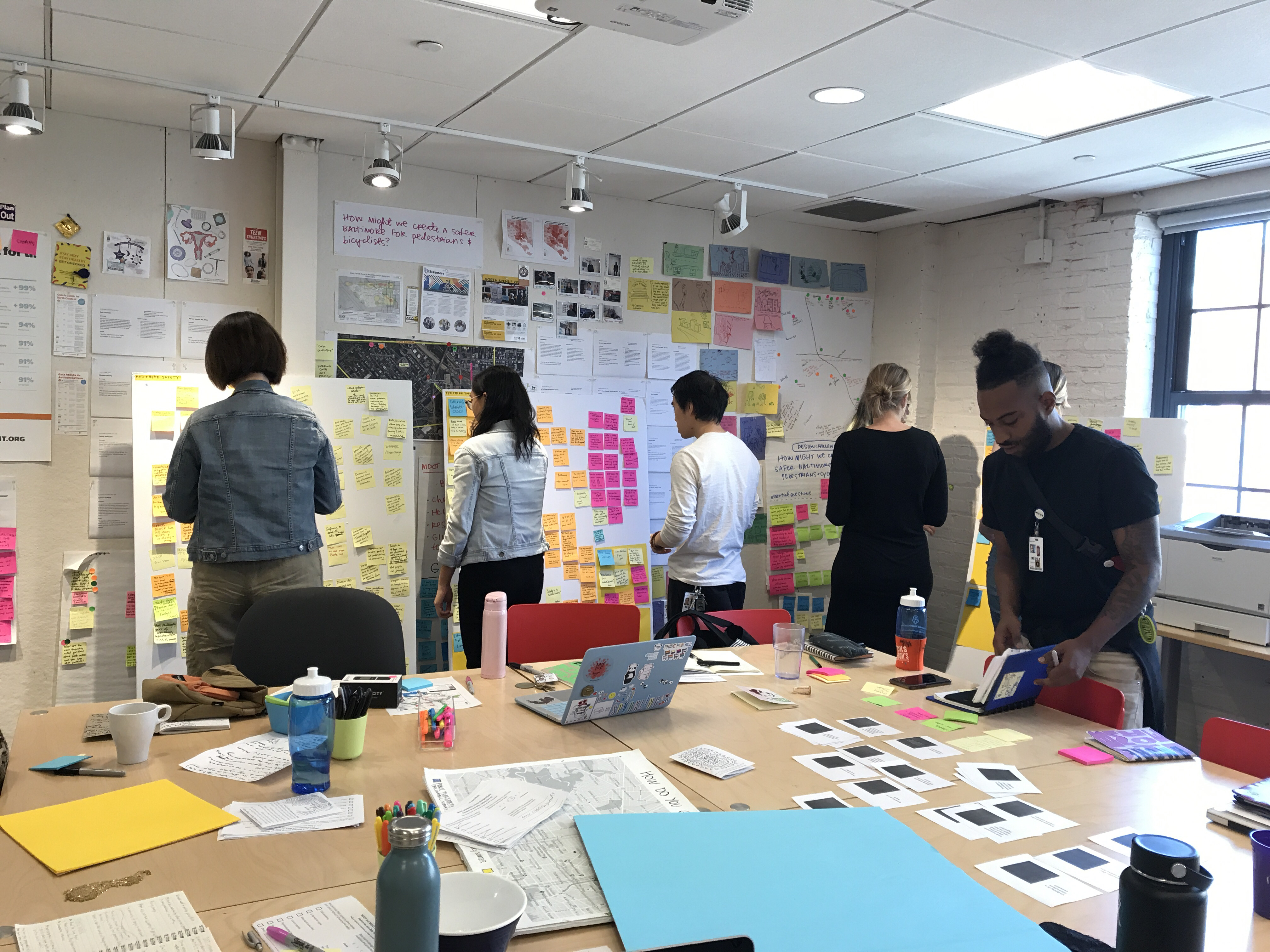
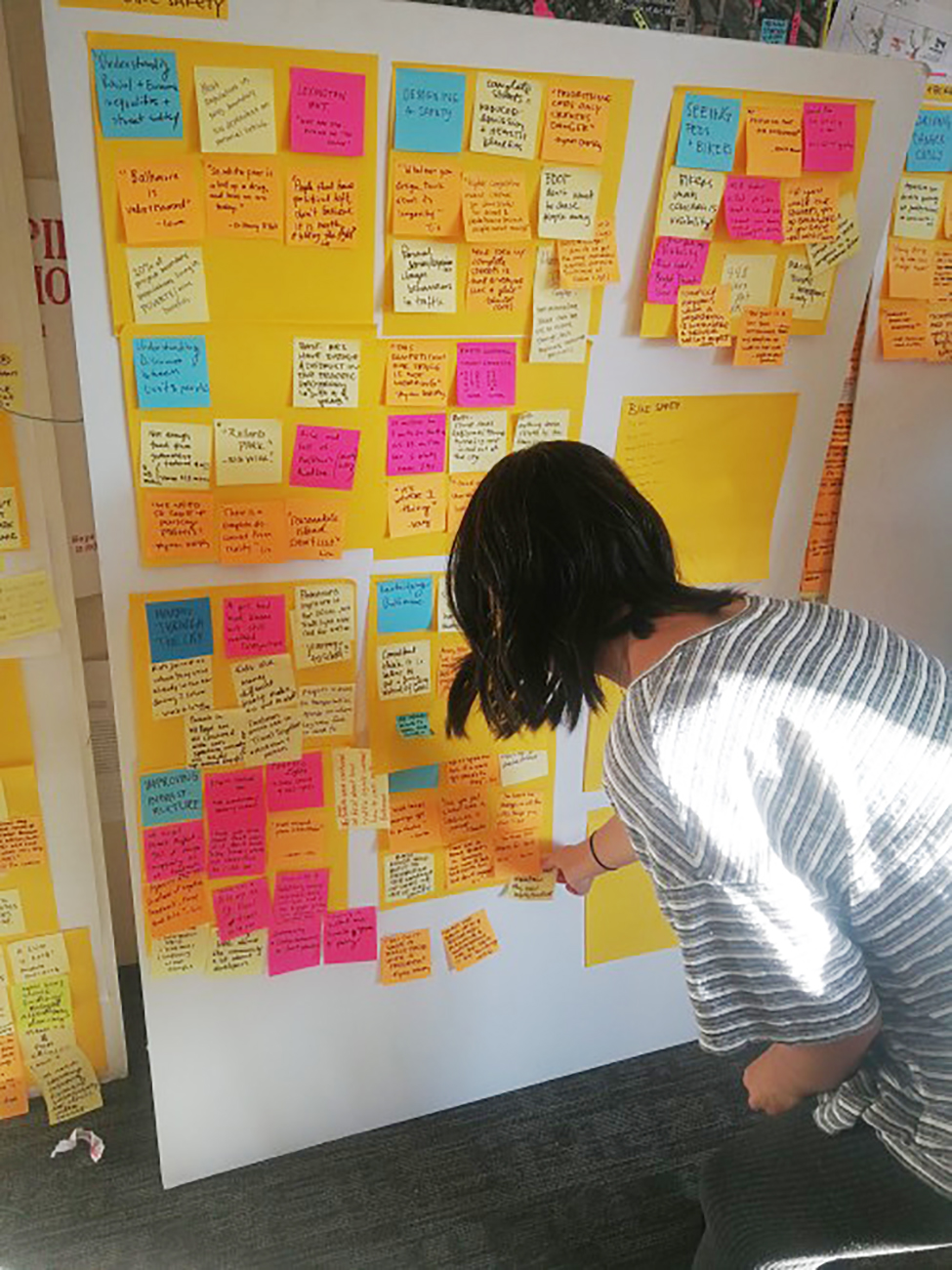
Phase 3: Ideation
A human-centered design process seeks to generate as many ideas as possible, while deferring any and all judgment. The goal is to be visual with the inception of ideas and to share them openly. Participants are asked to draw concepts, not outcomes, and to document the process, while routinely combining and refining new concepts.
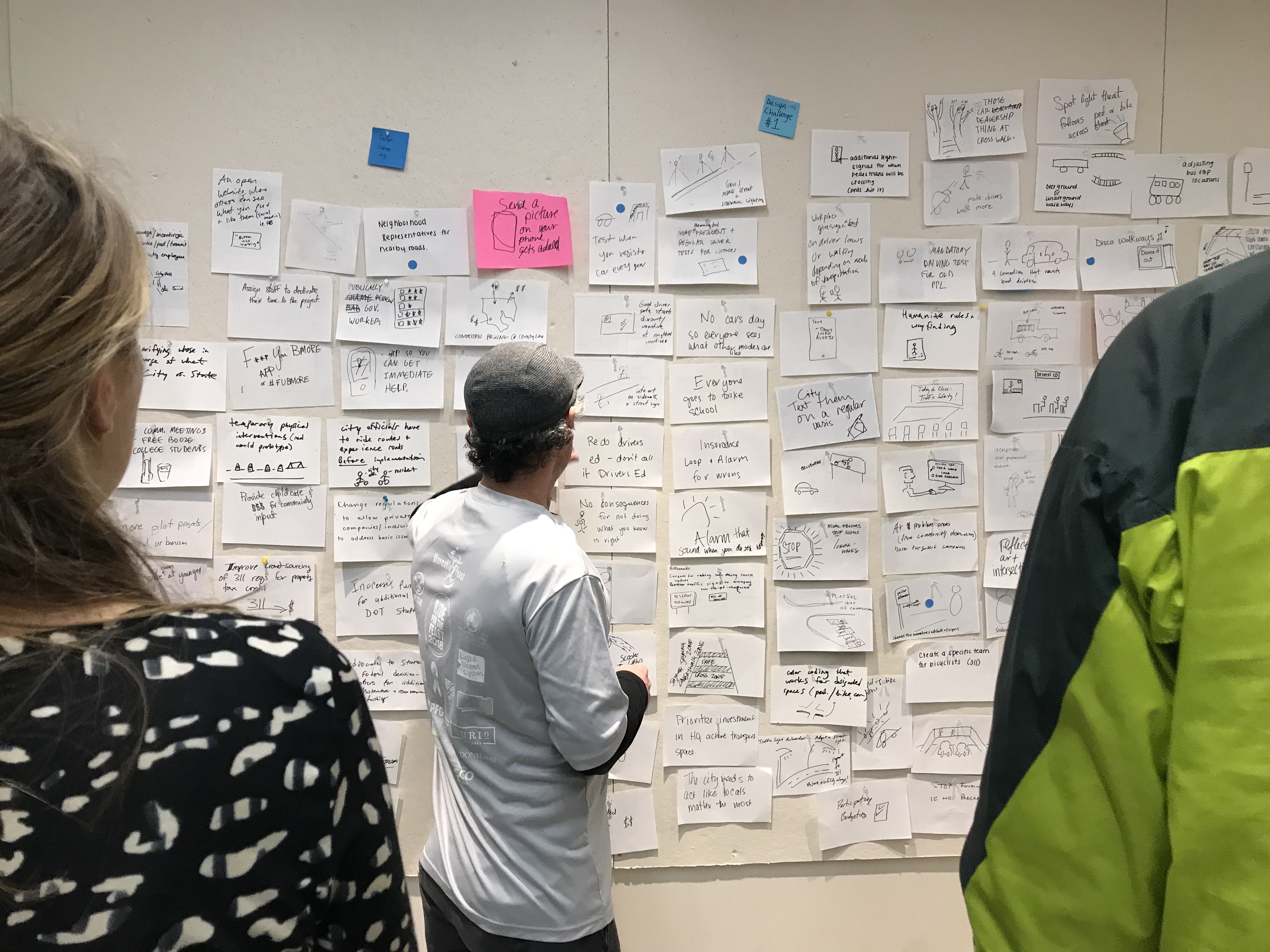
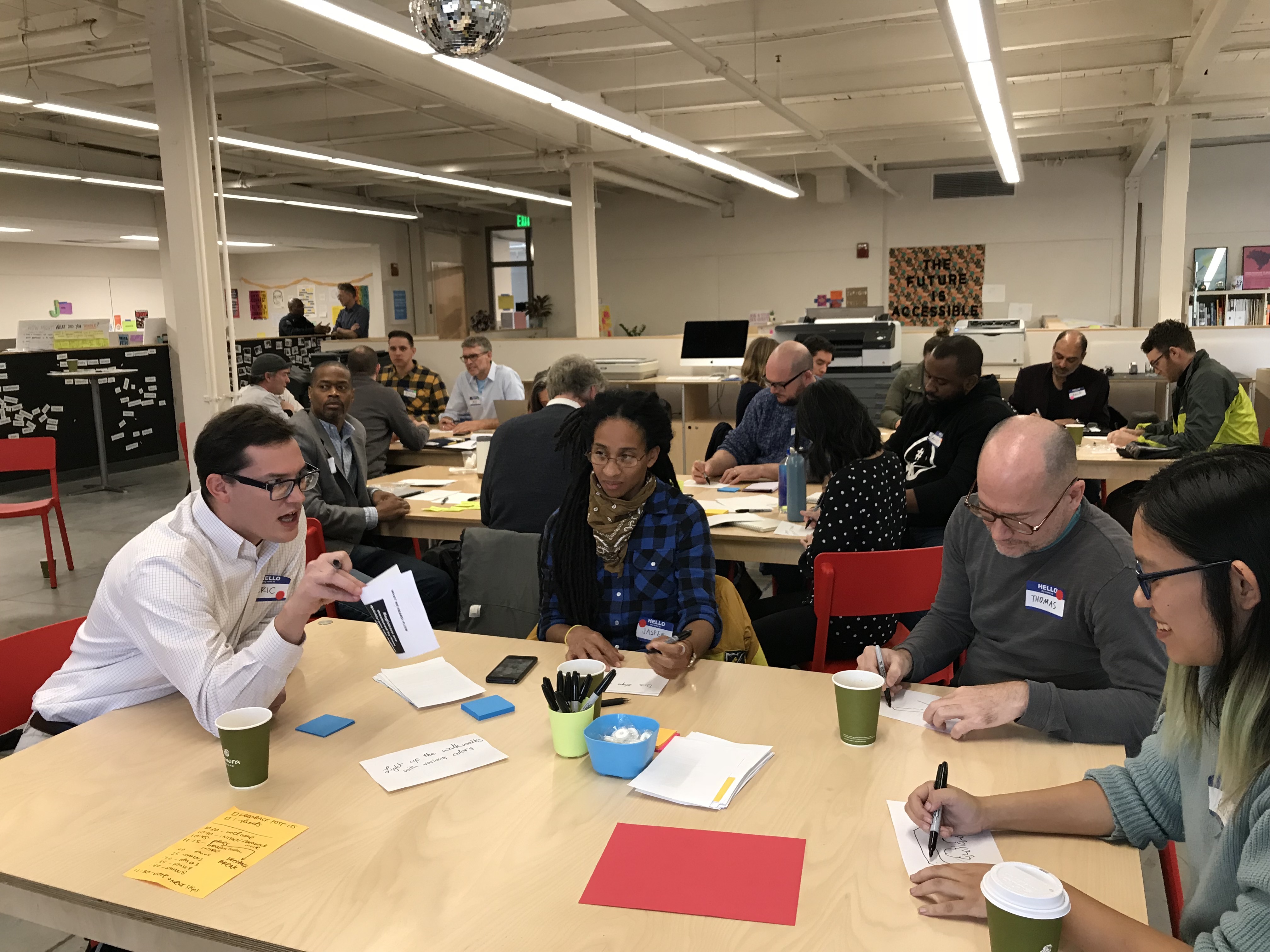
Phase 4: Prototyping
The team began to develop five unique concepts, inspired by the voices of residents, developed from in-depth research and observations, and then conceived and voted on by members of the baltimore community.
IDEAS: Infrastructure Cues To Prioritize Pedestrian Visibility, Road Safety Cityhack & Prototype Festival, Approaching Visibility Through Fashion, Encouraging Lawful Use Of Infrastructure Through Fun, Making Information Accessible And Entertaining.
These ideas were built on a foundation of collaborative community research.
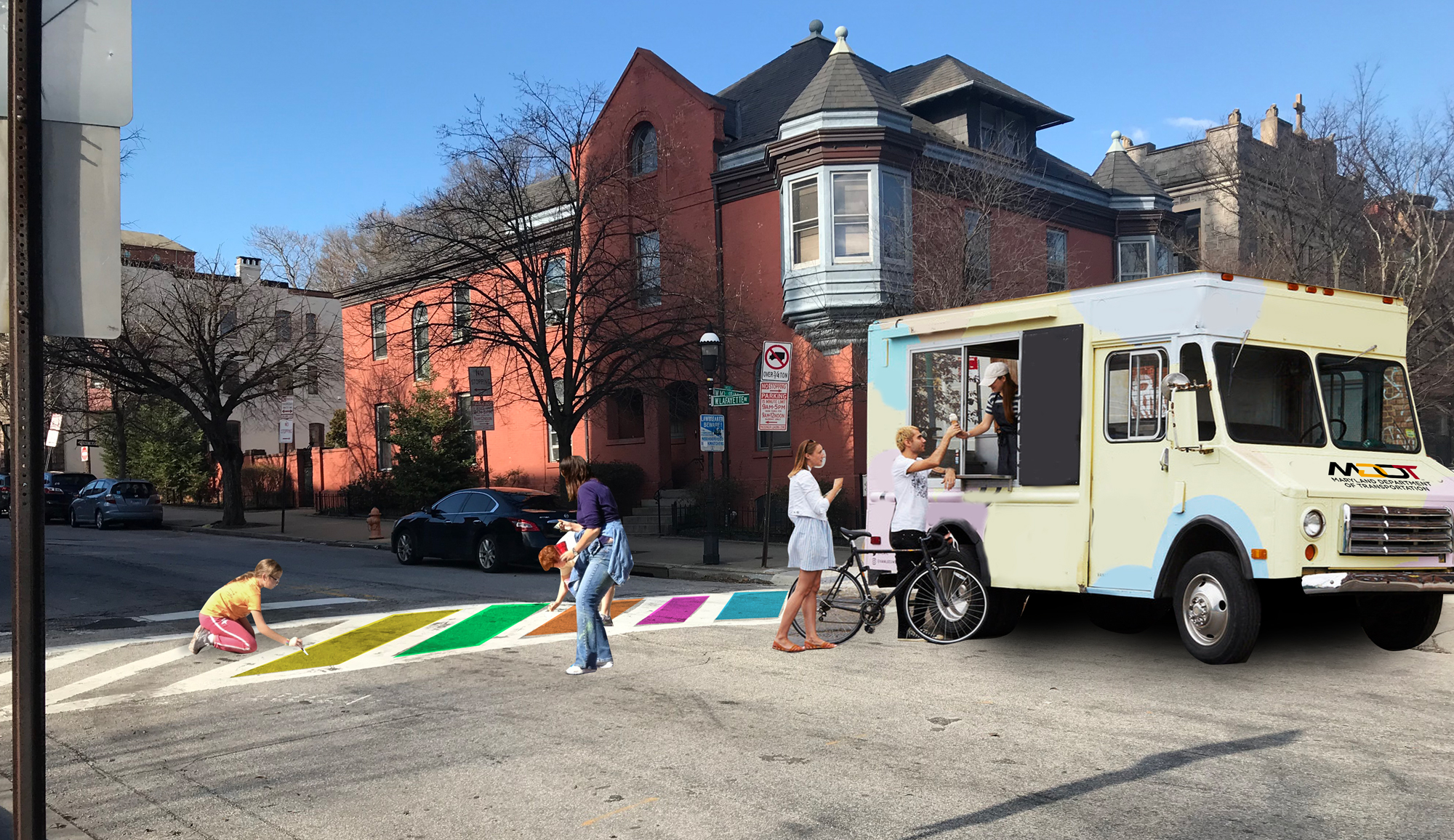
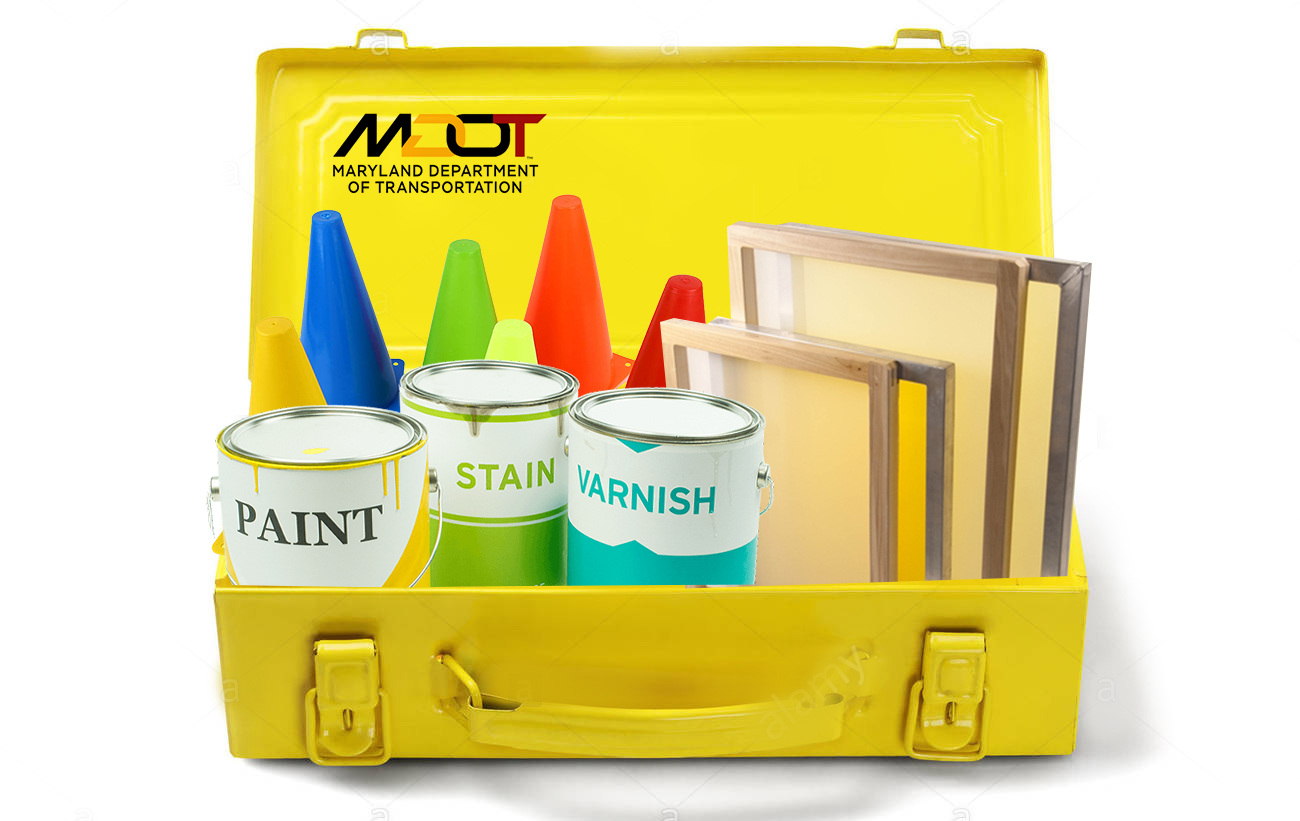
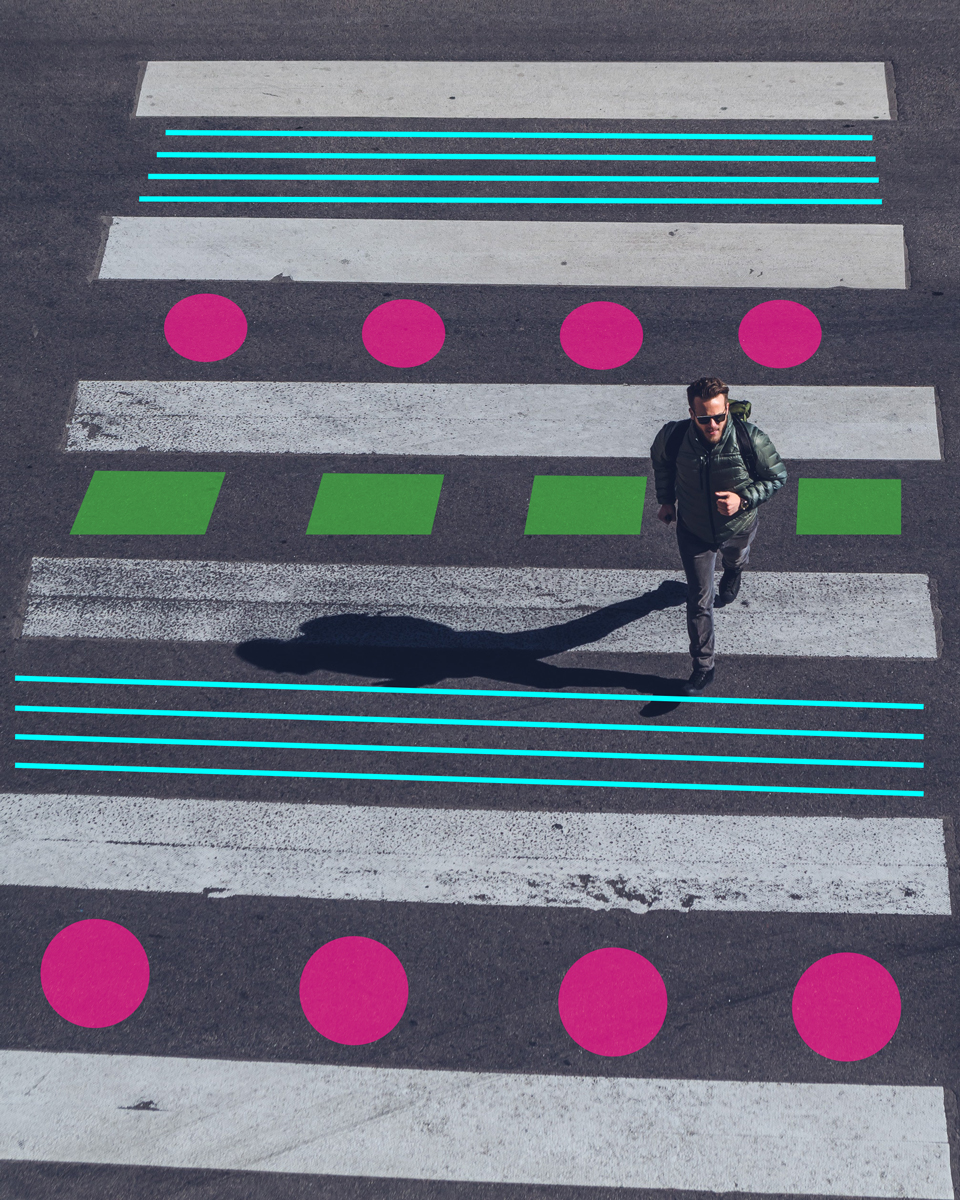
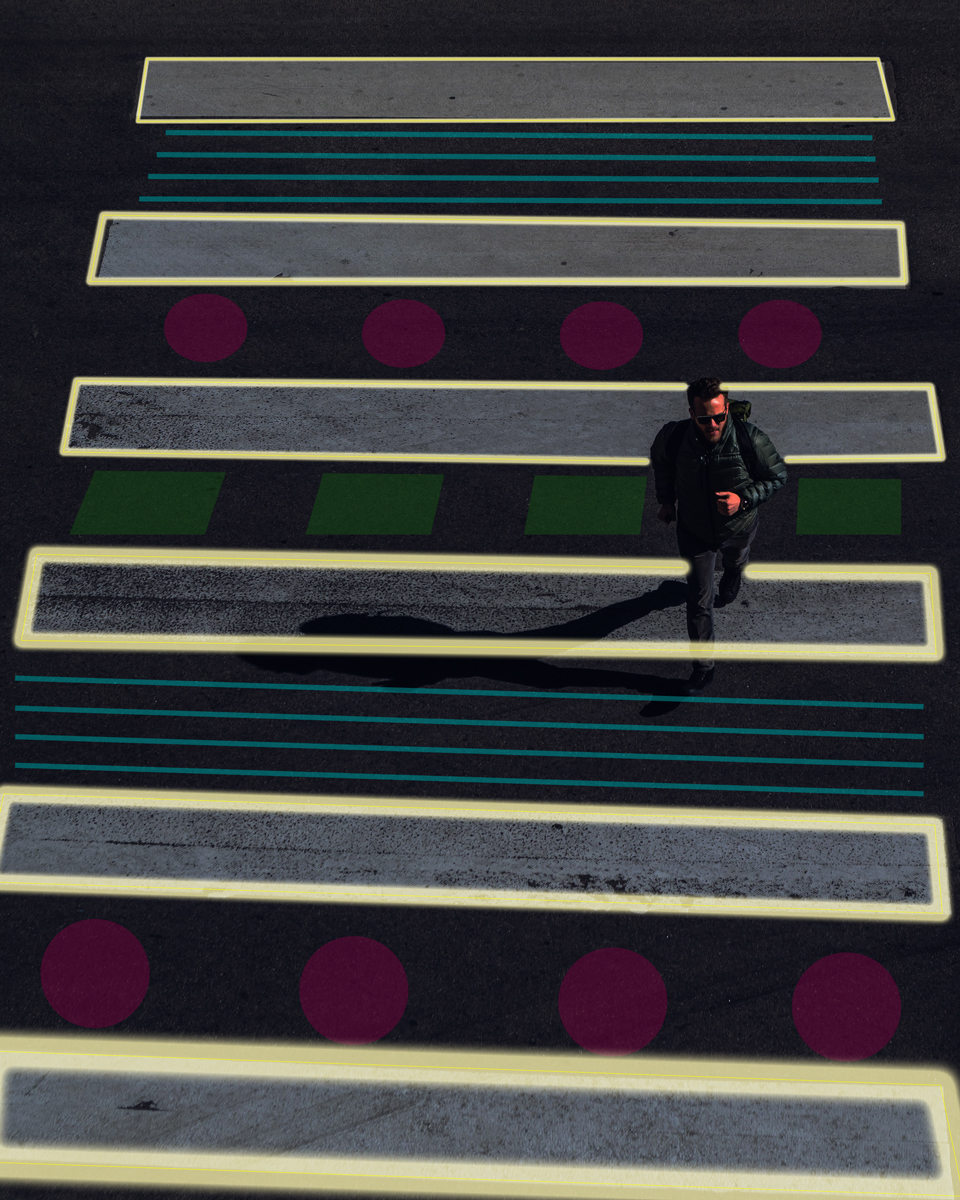
Phase 5: IMPLEMENTATION AND ITERATION
Once a creative direction has been determined, it is extremely important to test, make adjustments to, and continually develop one’s prototypes, in context that the team expects any fi nal solutions to live. In this part of the HCD process, practitioners should collect and document all feedback, to inform future strategies.
A. Made You Look Branding Initiative
In a parallel project, spearheaded, in part, by the Baltimore Metropolitan Council - A branding campaign was commissioned to address the rising number of pedestrian fatalities in and around Baltimore City and County. Using a advertising agency from Texas, the team created a marketing campaign entitled “Look Alive” with the expectation that like print collateral, web, and social media materials would be created to accompany the project. The campaign’s flagship would be a television commercial aired across the central Maryland region with subsequent advertisement materials to follow.
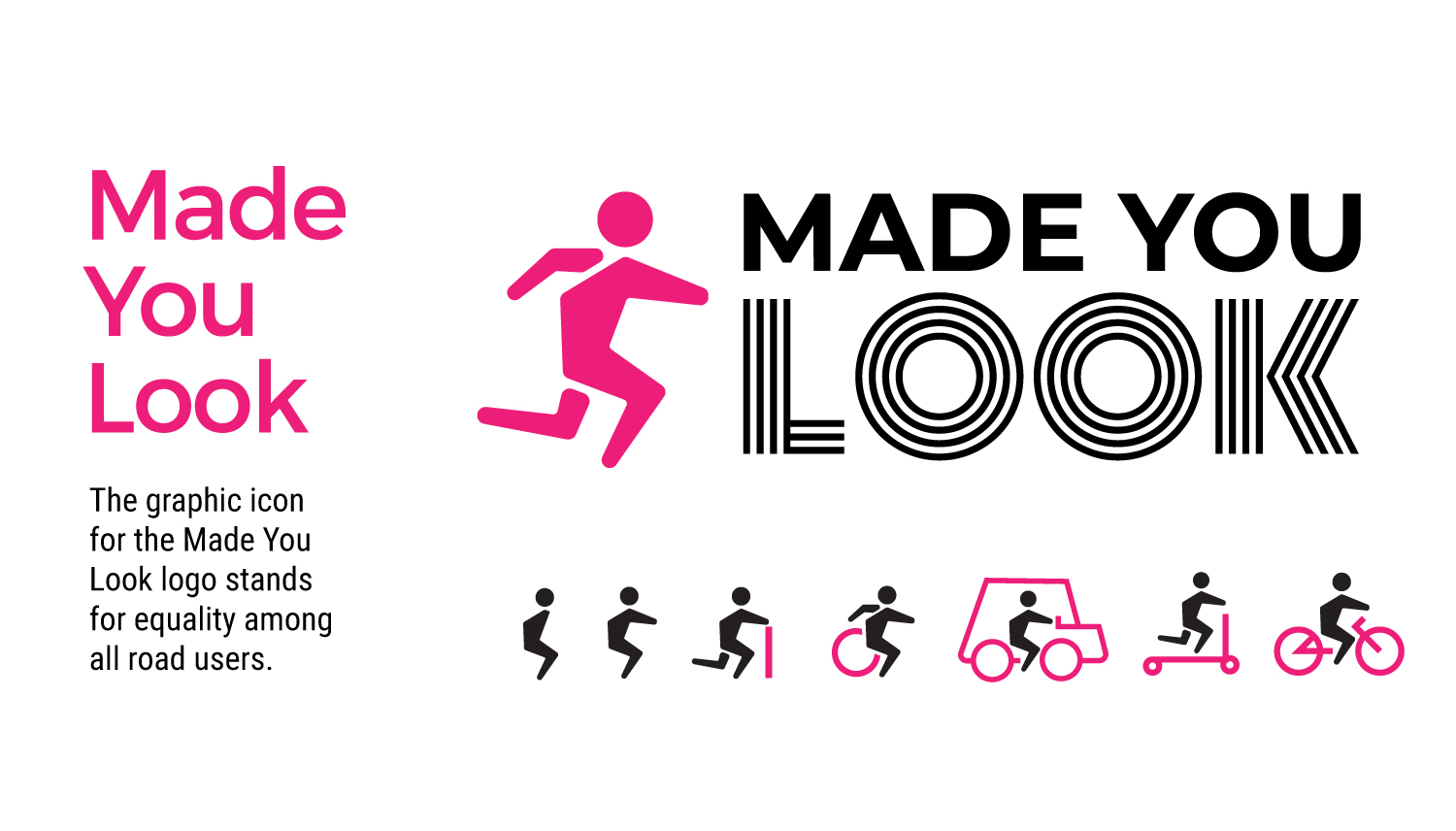
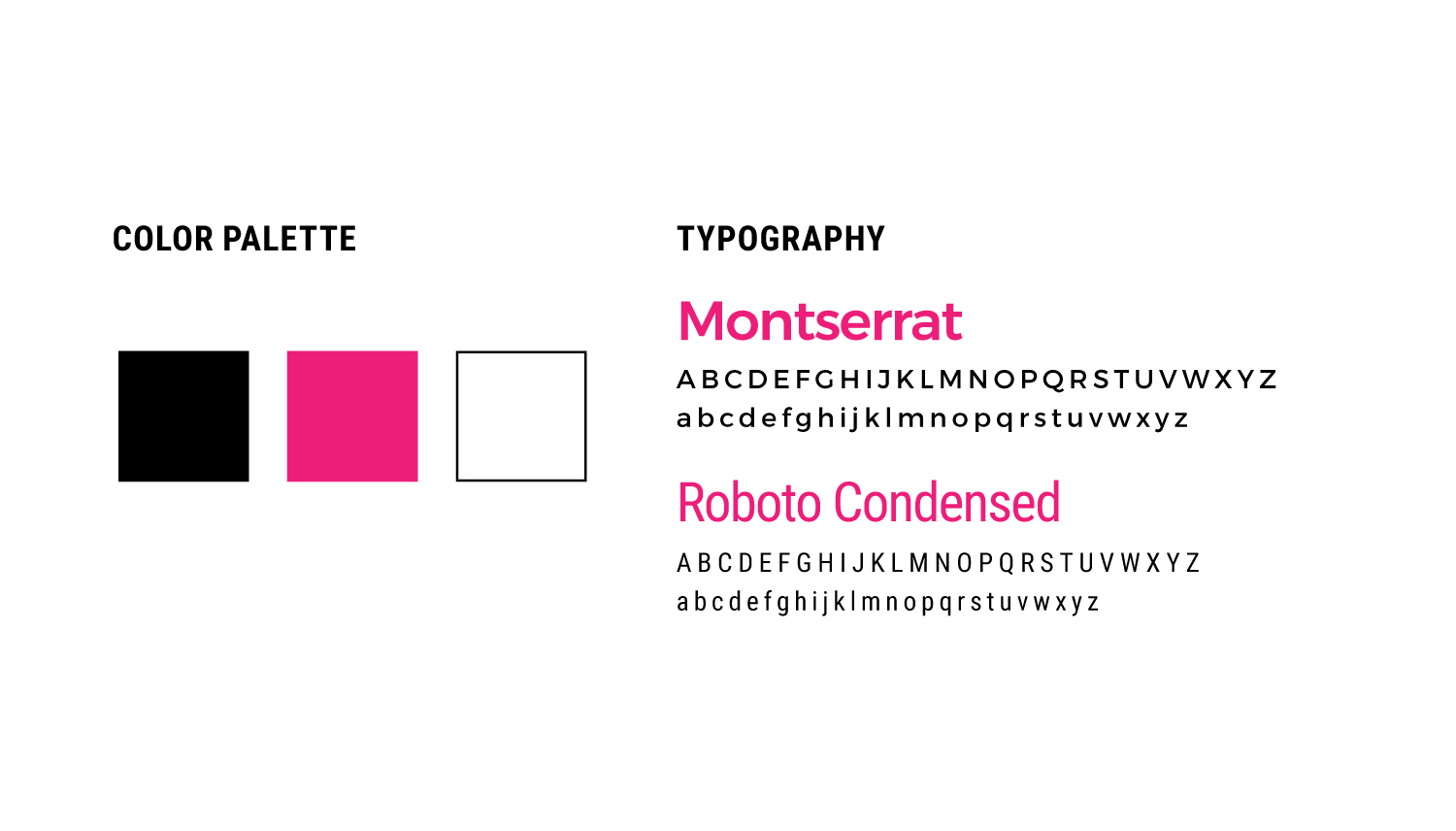
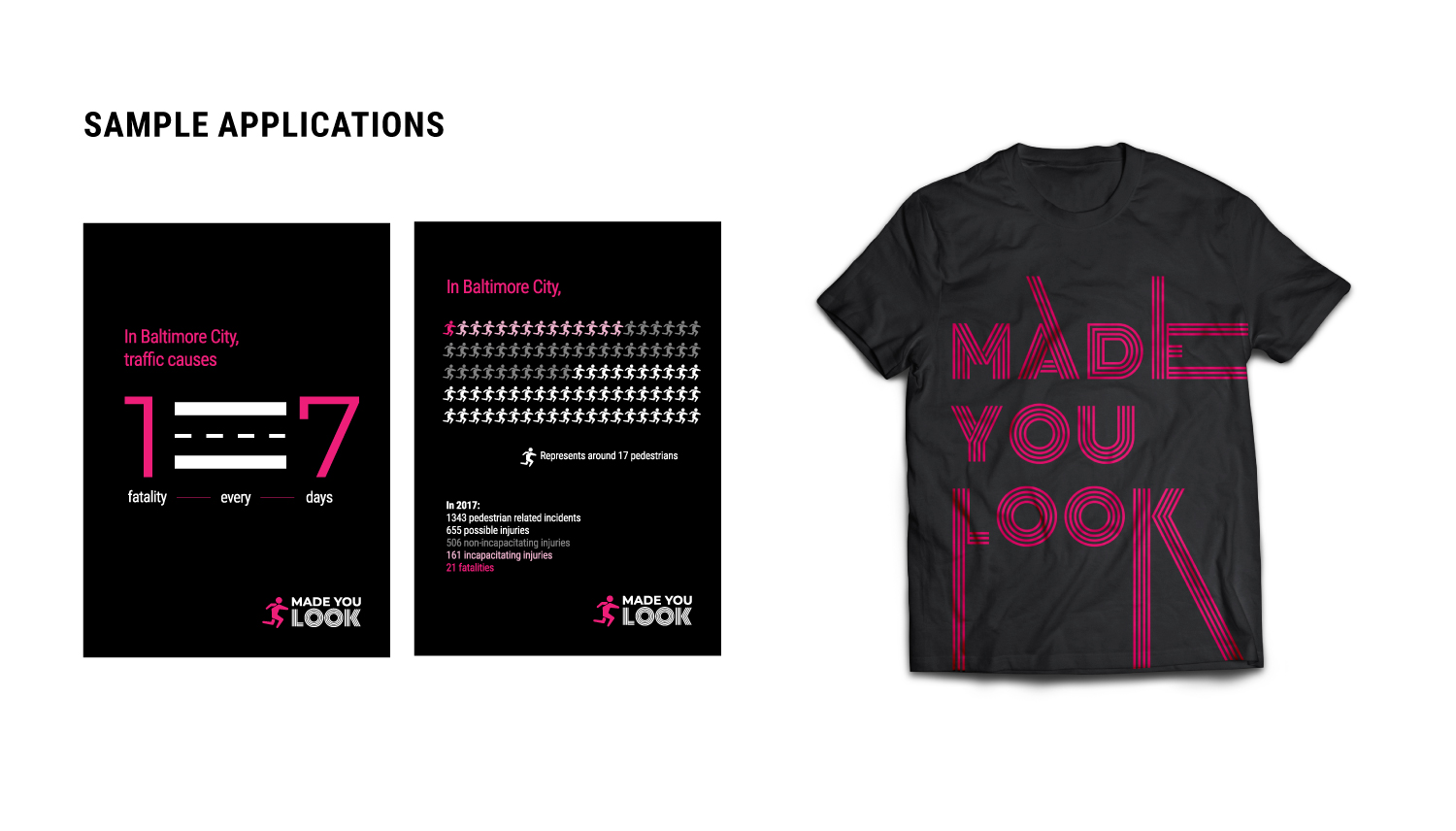
B. Street Wear
This project entails the design of unique clothing and accessories, using reflective materials, and looks to offer stylish wearables for pedestrians and cyclists commuting in Baltimore City. The aim is to encourage travelers to voluntarily adopt the newly created items and make those users more visible to automobile drivers. The additional cues also looks to increase driver’s awareness of other road users.

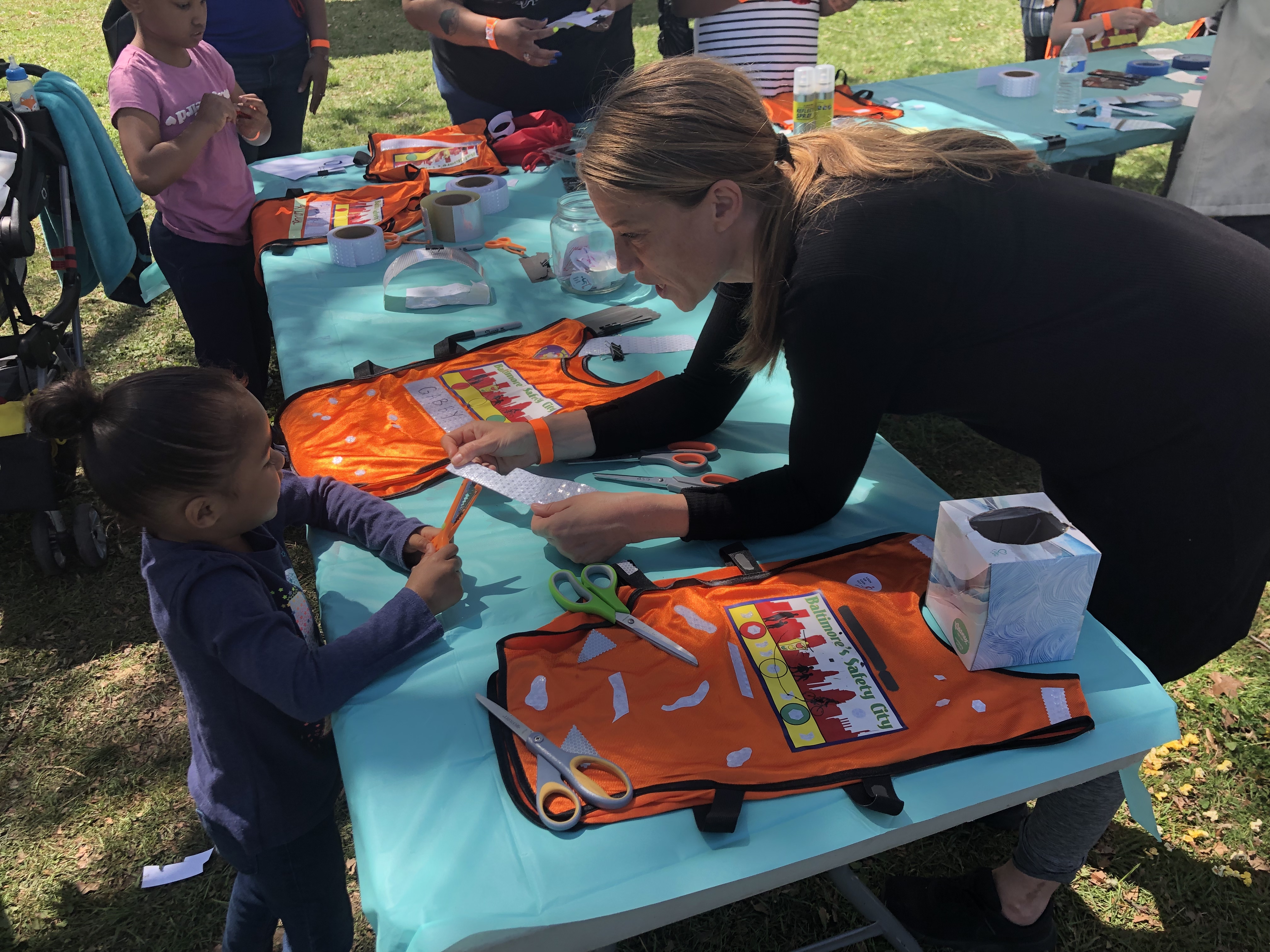
C. Bright Lanes
The Bright Lanes project uses infrastructure cues and engaging crosswalk designs to encourage law-abiding behavior for both drivers and pedestrians. This project aims to install eye-catching and thought-provoking pieces, such as creative crosswalks, illuminated infrastructure elements, and/or informative signs.
The MICA team was given the opportunity to install a permanent design at the Mount Royal School, when they were put in contact with Equus Striping, a pavement marking company based in Washington D.C.
On the day of, the team spent over 10 hours producing the stencil, laying down the designs, and painting the final marks. The walkway can be found and viewed at the Mount Royal School, in Baltimore, from the Mosher Street parking lot.
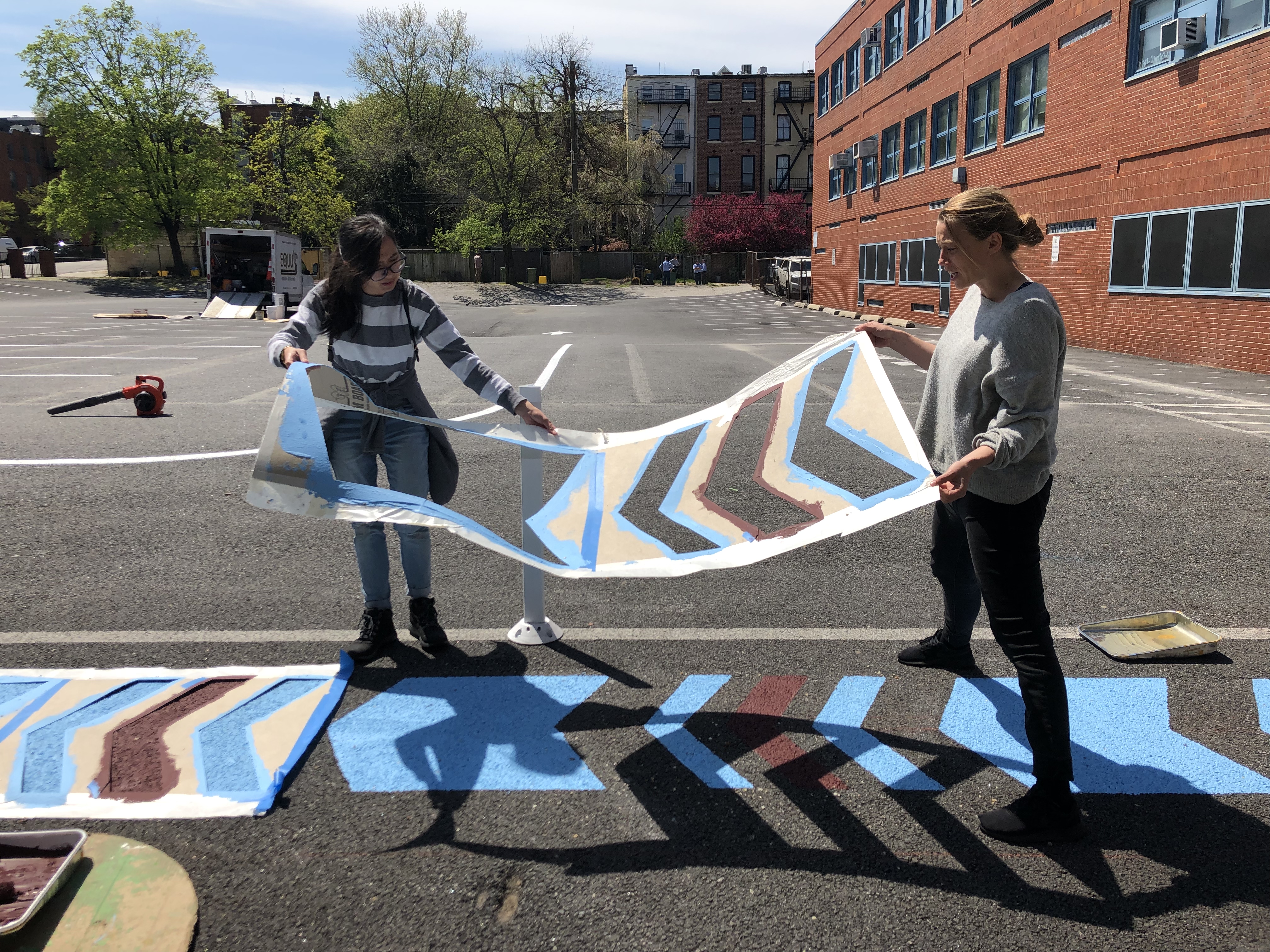
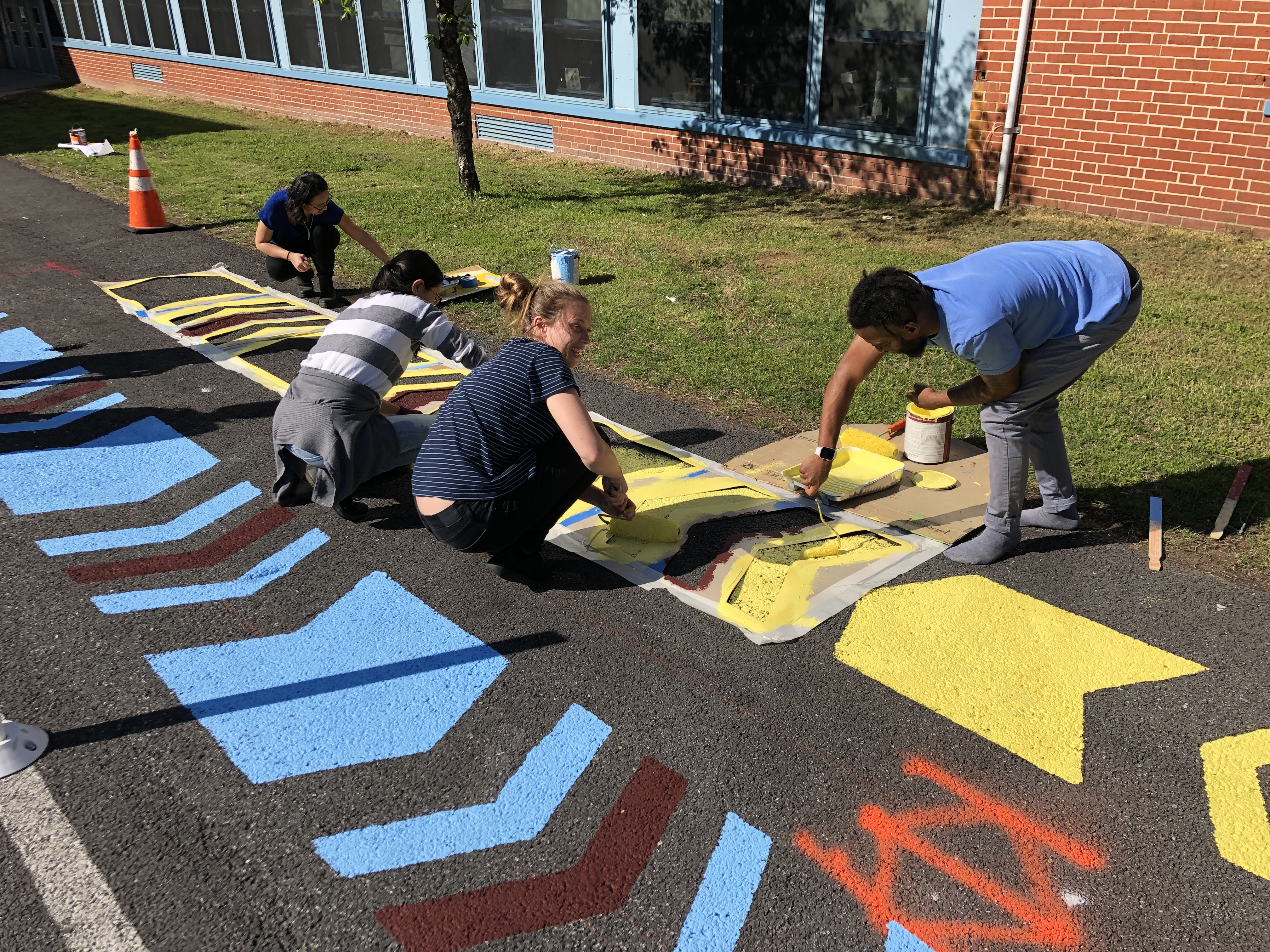
D. Safety CityHack
The Safety Cityhack is a series of community outreach events that brings some kind of vehicle into a neighborhood that wants to collaborate with city and transit officials. The transport will contain materials for an infrastructure installation, educational collateral, equipment for producing reflective wearables, and overarching instructions about how to create any single prototype. It will be an opportunity for community engagement, to get hold a conversation about on road safety.
The team invited project partners and the community to get involved through a prototype festival where the attendees can test the team's ideas by making their own reflective fashion, spray chalk sidewalks, and read about all the research and efforts made throughout the year.
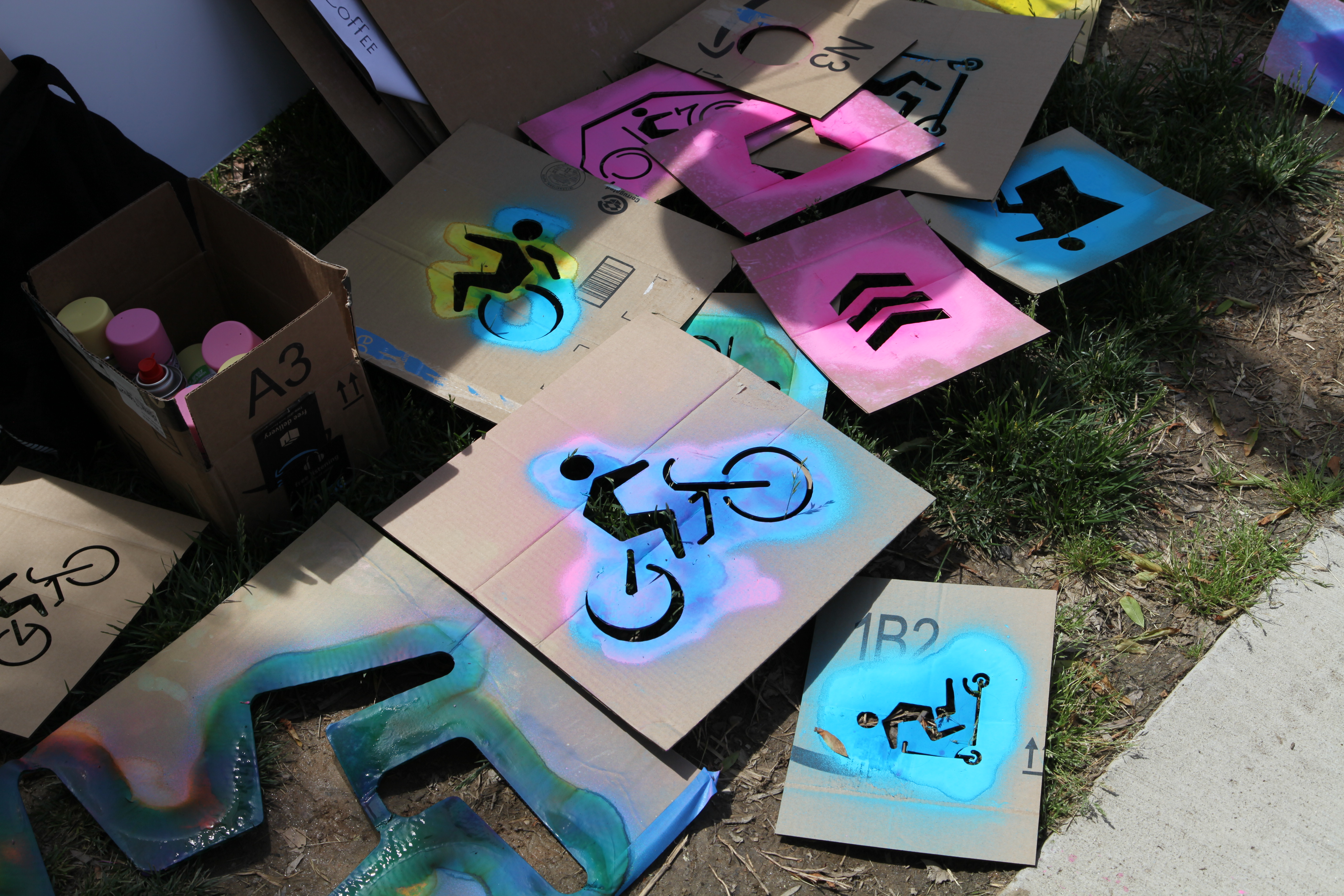
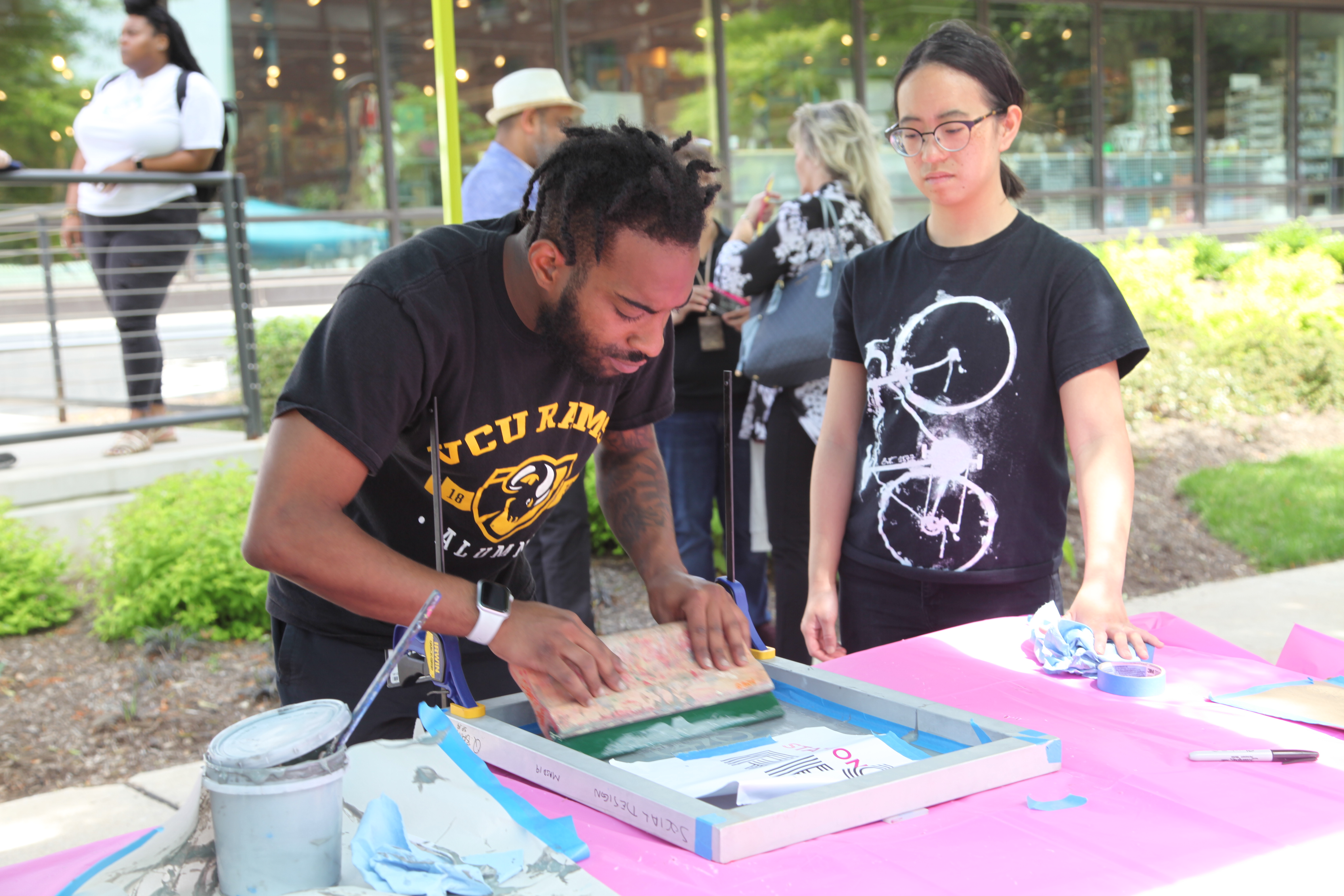
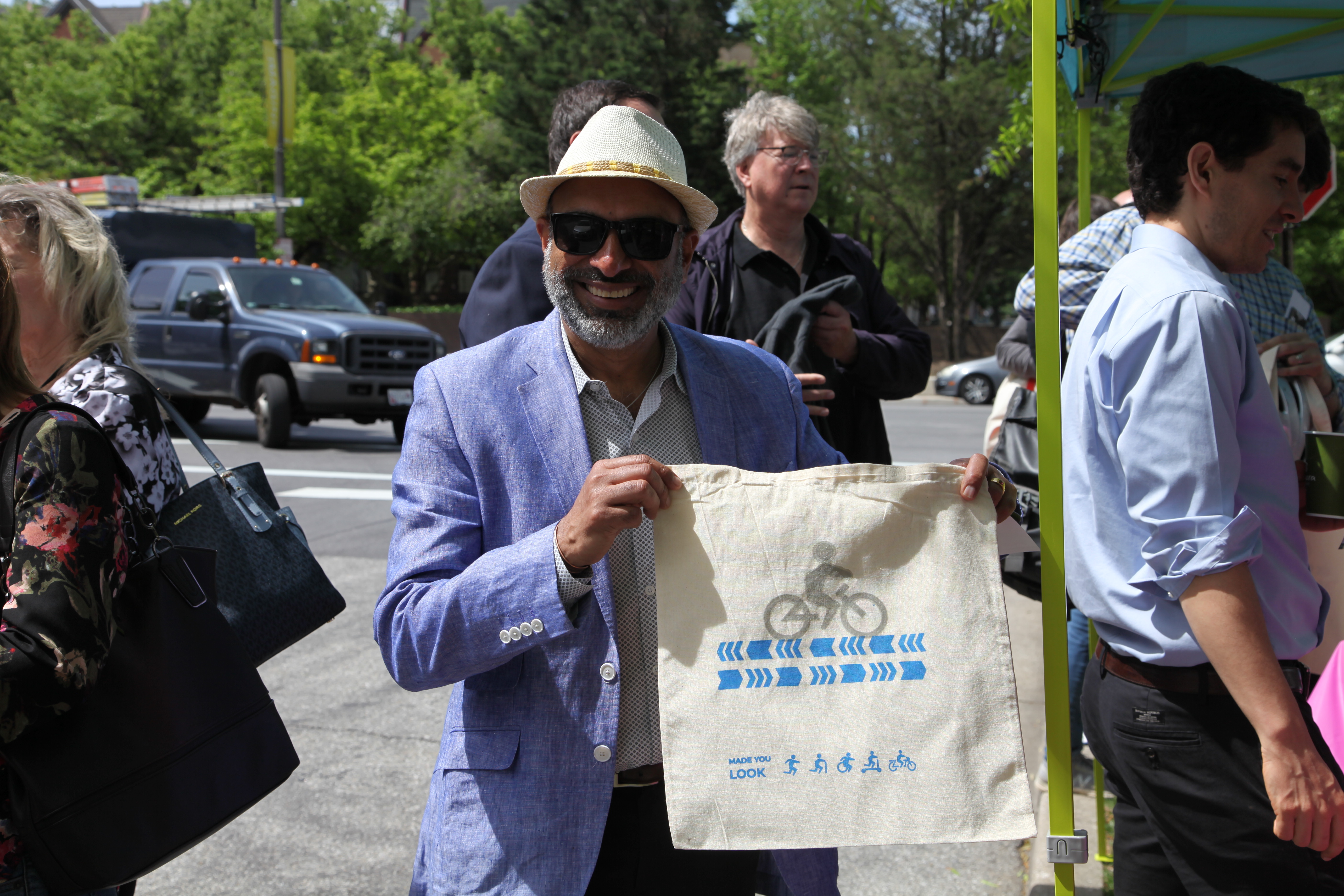
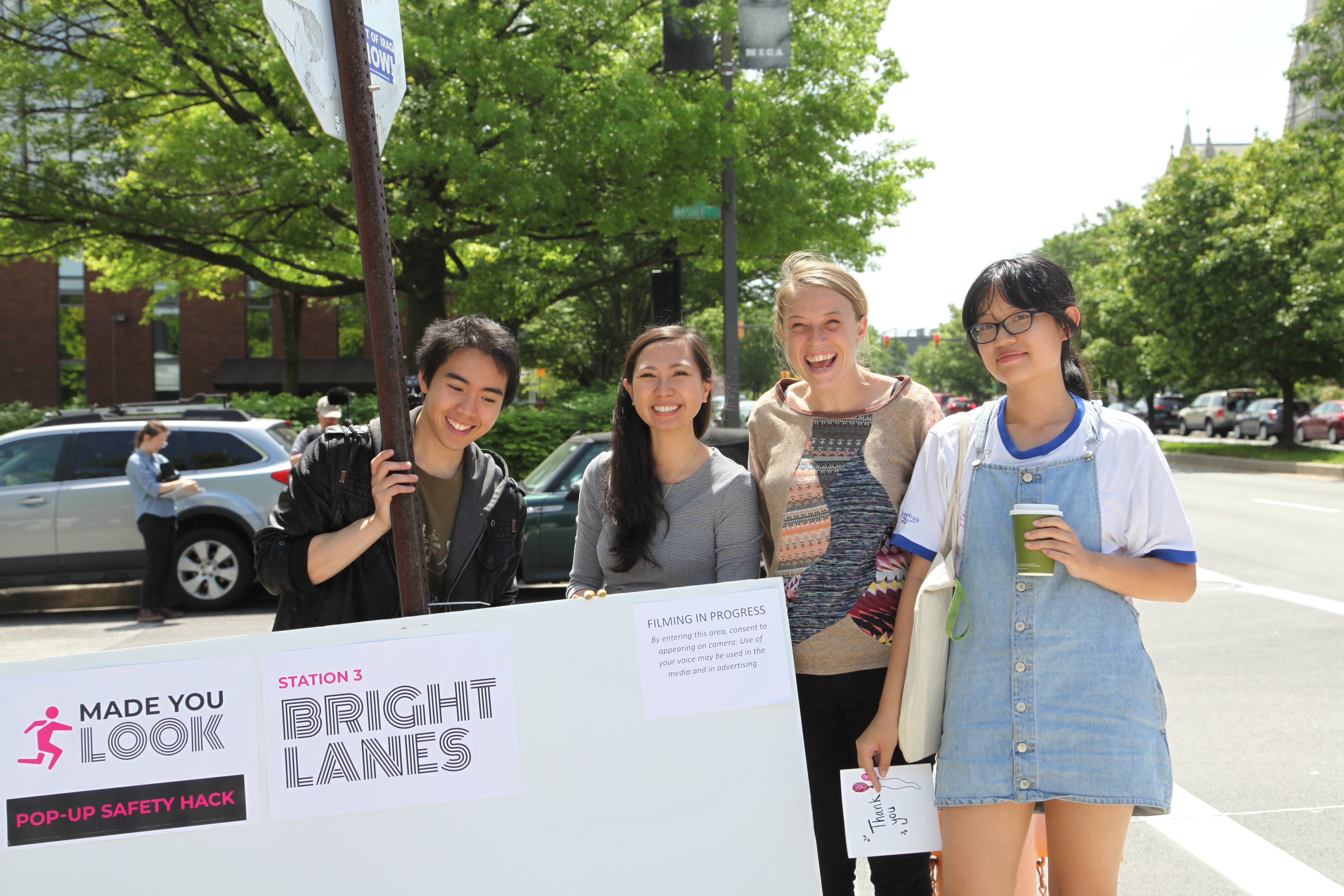
← PREVIOUS
NEXT →
